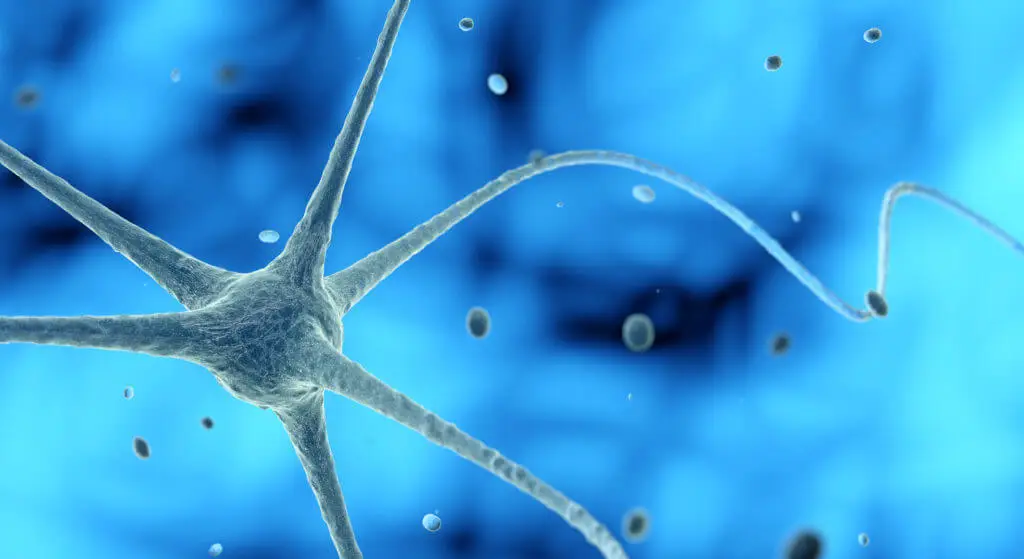Advances in modern medicine have made earlier detection of some medical conditions possible allowing treatments to begin sooner for achievement of optimal outcomes. The purpose of this blog post is to suggest a few concepts identified in a review of the research literature highlighting key elements that may be beneficial in earlier detection and differentiation of Guillain-Barre syndrome. This in turn can lead to prompt intervention and hopefully improving the overall outcome of this condition.
Diagnosis of typical Guillain-Barre syndrome is done based on clinical presentation wherein patients present with reduced or absent deep tendon reflexes, numbness, tingling and weakness starting in the feet and legs with a proximal progression to the upper body and arms. Symptoms usually begin following a bout of respiratory or gastrointestinal illness or other stressful event progressing over hours to days and may extend to involvement of respiratory muscles, or paralysis of muscles creating gait difficulty or immobility. Bell’s palsy due to cranial nerve involvement, double vision, dysarthria, dysphagia, paresthesias, aching or throbbing pain, autonomic changes and respiratory complications are typical manifestations during its course and may require ventilatory support in crisis.
Laboratory workup includes blood testing with CBC (complete blood count) and metabolic panels which are usually normal and are of limited diagnostic value but serve to rule out other conditions. CSF (cerebrospinal fluid) testing via lumbar puncture is specific for elevated protein levels in the absence of an elevated WBC (white blood cell) count and is thought to be associated with inflammation of the nerve roots. Medical imaging with MRI or CT scanning is more useful for ruling out other diagnoses than assisting in the diagnosis of GBS.
Electrodiagnostically, during nerve conduction study, the most common GBS patient presentation appears as AIDP (acute inflammatory demyelinating polyradiculoneuropathy) with prolonged distal latencies, slowed motor and sensory nerve conduction velocities, temporal dispersion of waveforms, decreased SNAP and CMAP amplitudes, prolonged or absent F-waves, and prolonged or absent H-reflexes. These findings are all associated with demyelination of the nerves, making specific differentiation more difficult according to Derksen et al (2014). Research by Umapathi et al (2019) found that commonly used EDX diagnostic criteria for GBS relied solely on motor nerve conduction studies with a focus on simply differentiating axonal from demyelinating subtypes as opposed to early identification of GBS presence. EMG is more limited in its diagnostic value since it takes 3-4 weeks for abnormalities to develop. Occasional early findings with EMG examination include reduced recruitment and rapid firing of motor units in weak muscles with a decreased number of motor unit potentials. However, EMG may be completely normal in acute presentations of GBS.
Although needle EMG is somewhat limited in the absolute earliest possible detection due to the delay of physiological change identified by electromyography, EMG can still play an important role in the early detection of some GBS variants such as acute motor axonal neuropathy (AMAN) and acute motor and sensory axonal neuropathy (AMSAN). Decreased CMAP amplitudes identified by EMG and motor NCS are the most common traditional approach and focus to differentiate axonal vs demyelinating GBS. Nerve conduction studies utilizing sensory responses can be more helpful in differentiating classic Guillain-Barre syndrome from other demyelinating polyneuropathies and day 5 after onset yields the best diagnostic information. It is here that research according to Gordon and Wilbourn (2001) has identified the unusual but powerful triad specific for differentiating GBS from other demyelinating polyneuropathies making early detection and treatment possible. In NCS findings, Gordon and Wilbourn ( 2001) found the triad of an absent H-reflex in conjunction with an abnormal upper extremity sensory nerve action potential (SNAP) and normal sural SNAP (sural sparing) to be the most consistent finding for the early diagnosis of GBS given that this combination in not typically seen in other demyelinating polyneuropathies with the exception of CIDP (chronic inflammatory demyelinating polyneuropathy). Although other nerve conduction clinical correlates for GBS include temporal dispersion of CMAPs, proximal conduction block, prolonged or absent F-waves, slowed motor and sensory conduction velocities, and prolonged distal latencies, these are not specific and do not readily help differentiate GBS from other demyelinating conditions with the consistency of the above combination.
Classic GBS appears to be characterized by certain patterns of abnormal electrophysiological findings which may be interpreted together as what seems to be a common denominator to consistently point toward a working diagnosis of GBS. According to Gordon and Wilbourn (2001) the combination of an absent H-reflex, abnormal upper extremity SNAP, and a normal sural SNAP should be identified in the clinical approach during an EDX (electrodiagnostic) evaluation for GBS and can be of great value, especially when patients present clinically with classic GBS findings on routine clinical exam as outlined in the introduction. Umapathi et al (2019) found the preferential sparing pattern of the sural SNAP to be present in about half of GBS patients including demyelinating and non-demyelinating subtypes proving useful in distinguishing GBS from mimics. Derksen et al (2014) also found the most specific finding suggestive of early demyelinating GBS to be the presence of a normal sural SNAP with an abnormal ulnar SNAP in conjunction with an absent H-reflex.
Although not perfect, the triad of findings discussed above will hopefully prove beneficial in the detection and identification of GBS allowing earlier intervention and a better outcome for this patient population.

REFERENCES
Derksen, A., Ritter, C., Athar, P., Kieseier, B., Mancias, P., & Hartung, H. et al. (2014). Sural sparing pattern discriminates Guillain-Barré syndrome from its mimics. Muscle &Amp; Nerve, 50(5), 780-784. doi: 10.1002/mus.24226
Gordon, P., & Wilbourn, A. (2001). Early Electrodiagnostic Findings in Guillain-Barré Syndrome. Archives Of Neurology, 58(6), 913. doi: 10.1001/archneur.58.6.913
Umapathi, T., Lim, C., Ng, B., Goh, E., & Ohnmar, O. (2019). A Simplified, Graded, Electrodiagnostic Criterion for Guillain-Barré Syndrome That Incorporates Sensory Nerve Conduction Studies. Scientific Reports, 9(1). doi: 10.1038/s41598-019-44090-w



